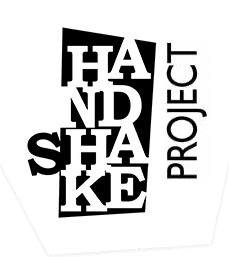sunlight drips into my third eye…
Ancestors at the door. Eyes as voids, portals to other worlds. My body begins to hum, tingle, energy rushes to my feet as I enter their world.
With their eyes they communicate, invite, invoke, warn, acknowledge. In endlessly dry, hot lands they are revered for their connection to rain making (Wandjina).
Each painting in the space either draws me into it, or it seems to emanate off the wall towards me, inviting me into its story. Stories about land connection, wars, death, ancestors and how the world began through the Dreamtime. Stories about love, sometimes forbidden. Stories of the cosmos. How this reality is only one reality amongst many. I allow myself to open to receive this passing of wisdom from painting and object to my being.

Wandjina (circa 1980) Alec Mingelmanganu, Wunambal people. Natural Earth Pigments and Oil on Canvas.
“In the Tiwi Islands, the term Yimpininni means sistagirl, which refers to a transgender person. Sistagirls have always been recognised and accepted by the Tiwi Islands Community.”
Encountering documentation of a transgender individual is beautiful, to have this honouring of life beyond the gender binary, shown through an indigenous lens. As a trans person who is not engaging in medical transition at this point in time, I love coming across stories of those who do not (or can not) choose the medical route, honouring different ways their transness can be lived, felt, seen and expressed.

Crystal (2009) Bindi Cole, Wathaurung people. Tiwi Islands, Northern Territory. Pigment print on Hahnmuhle paper.
“When a Dhoeri (headdress) was seen worn, it meant death was near. These days the Dhoeri is only worn by dancers at ceremonial occasions… through research, experience and oral history I have tried to return to the original way of putting on feathers. The Dhibadib that hangs below the Dhoeri, made of pearl shell in the shape of a half moon, represents a warrior going through initiation.” – George Nona, 2009.
My initial feeling when walking into the room which showed ceremonial headdresses and masks was a kind of dread. At first I thought they were originals, and should not be here on exhibition. I approached each one with reverence, asking permission before stepping into its space. Eventually I realised they were copies made in recent years to honour the tradition. Still I ask though, do these need to be shown in exhibitions?

Torres Strait Spiritual Headdress (2009) George Nona, Kala Lagaw Ya people. Pearl shell, cassowary feathers, bone, twine, synthetic polymer paint, bamboo, shell, pigeon feather, eagle feather, beeswax, Kulop shell and natural earth pigments.
Ever Present: First Peoples Art of Australia.
Auckland Art Gallery Toi o Tāmaki.

